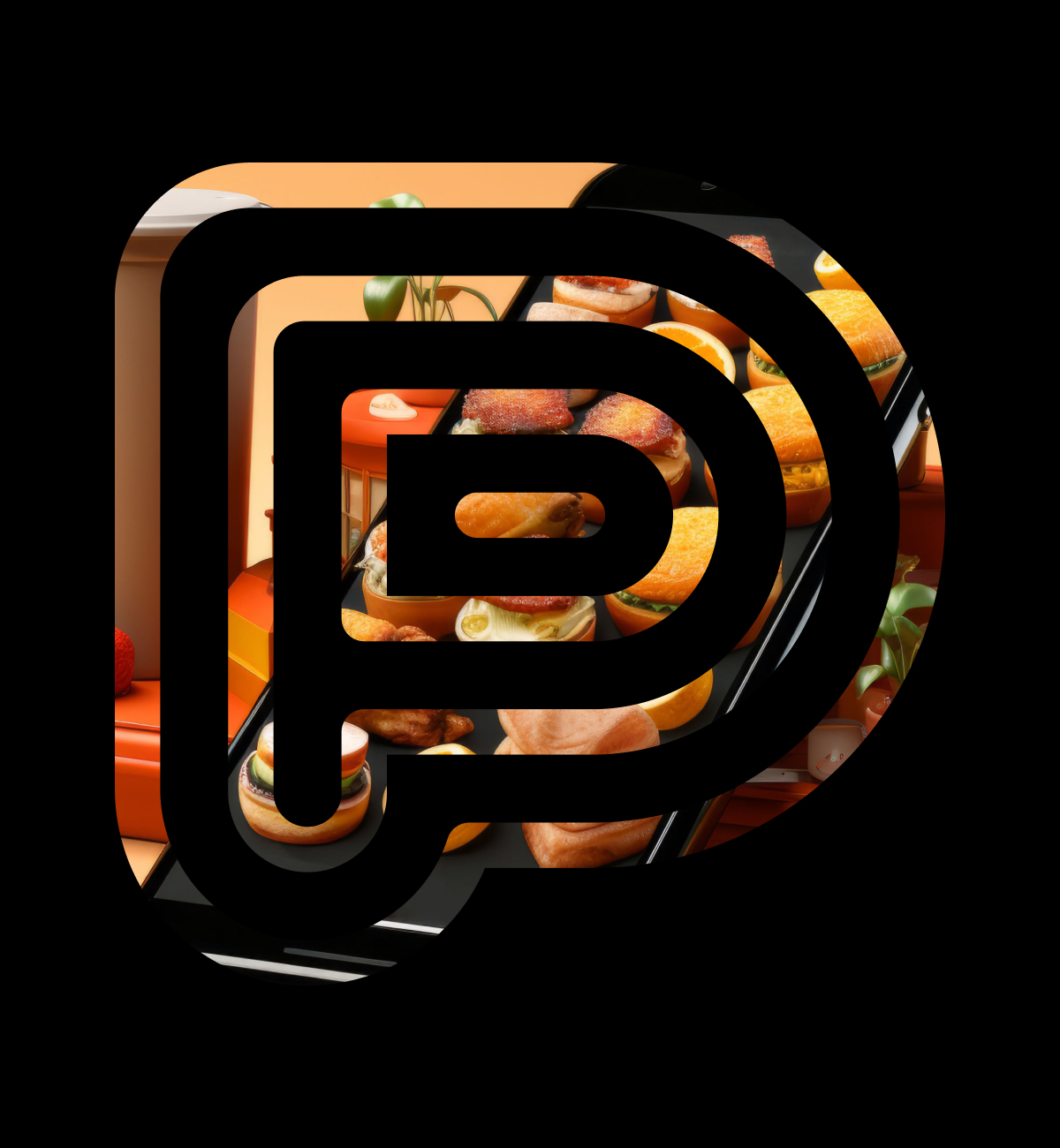[cmsmasters_row][cmsmasters_column data_width=”1/1″][cmsmasters_text]
According to Datassential, more than 10% of restaurants in the United States have closed permanently since the coronavirus pandemic began in March 2020. But suppose you’re one of the fortunate restaurants who were able to pause or adapt and are now ready to reopen. In that case, it’s important to prepare with updated safety standards, unified messaging, incentives to drive traffic and to keep in touch with your guests about their experience.
SAFETY FIRST

The health and safety of your team and guests should always come first. So if you haven’t updated your policies, now is the time to consider adopting new hygiene practices, stocking up on sanitizer, investing in PPE for your team, implementing social distancing procedures and creating clear signage to help guide your team and guests.
To avoid overcrowding, be sure your restaurant layout for indoor and outdoor spaces is in compliance with local guidelines. You should also consider maintaining experiences that customers are accustomed to since the pandemic, such as contactless payment experiences and sealed to-go packaging for off-premise orders.
GET UP TO DATE

Your customers have spent the last year or longer being reliant on the internet for almost everything. It’s still the go to place for research and entertainment. So having a unified message is essential for reaching your customers and potential guests:
- Update your website with reopening plans and hours.
- If one doesn’t already exist, develop an FAQ to for customer support or reopening details.
- Update your store on Google My Business and make sure your updated hours, dine-in and delivery options are clearly shown and up to date.
- Develop a series of posts leading up to the reopening date that gives a behind-the-curtain look to emphasize the safety of your team and future guests.
- Reach out to existing customers with any email, CRM or SMS you already have in place.
CREATE INCENTIVES

Getting creative with your reopening date can help bring guests back in. For example, celebrate the occasion as a grand re-opening with dine-in exclusive giveaways. Introduce a limited-time menu. Or, bring back a beloved recipe to your menu.
You could even reach out to nearby businesses and leverage partnerships to create experiences for your guests such as dinner and discounts at a nearby movie theater or a discounted shopping experience. Any combination of incentives can help drive traffic to your reopening.
KEEP IN TOUCH

To minimize any uncertainty about the state of your restaurant, be sure to keep in touch with your guests, answer questions and evolve your original reopening plan as your unique circumstances change. This may include retraining and preparing your staff with answers to questions customers may ask about safety, seating or menu items. Or, incentivizing your guests to leave feedback or take a survey about their experience. The more you and your team know about your guests’ experiences, the better you can create opportunities to keep them coming back.
Whatever the extent of your reopening plans, communications experts agree that it’s important to be timely, relevant, empathetic and considerate of your customers’ current needs. In addition, communication between your team and your guests will be essential to ensuring your reopening goes as smoothly as possible.
[/cmsmasters_text][/cmsmasters_column][/cmsmasters_row]
















































